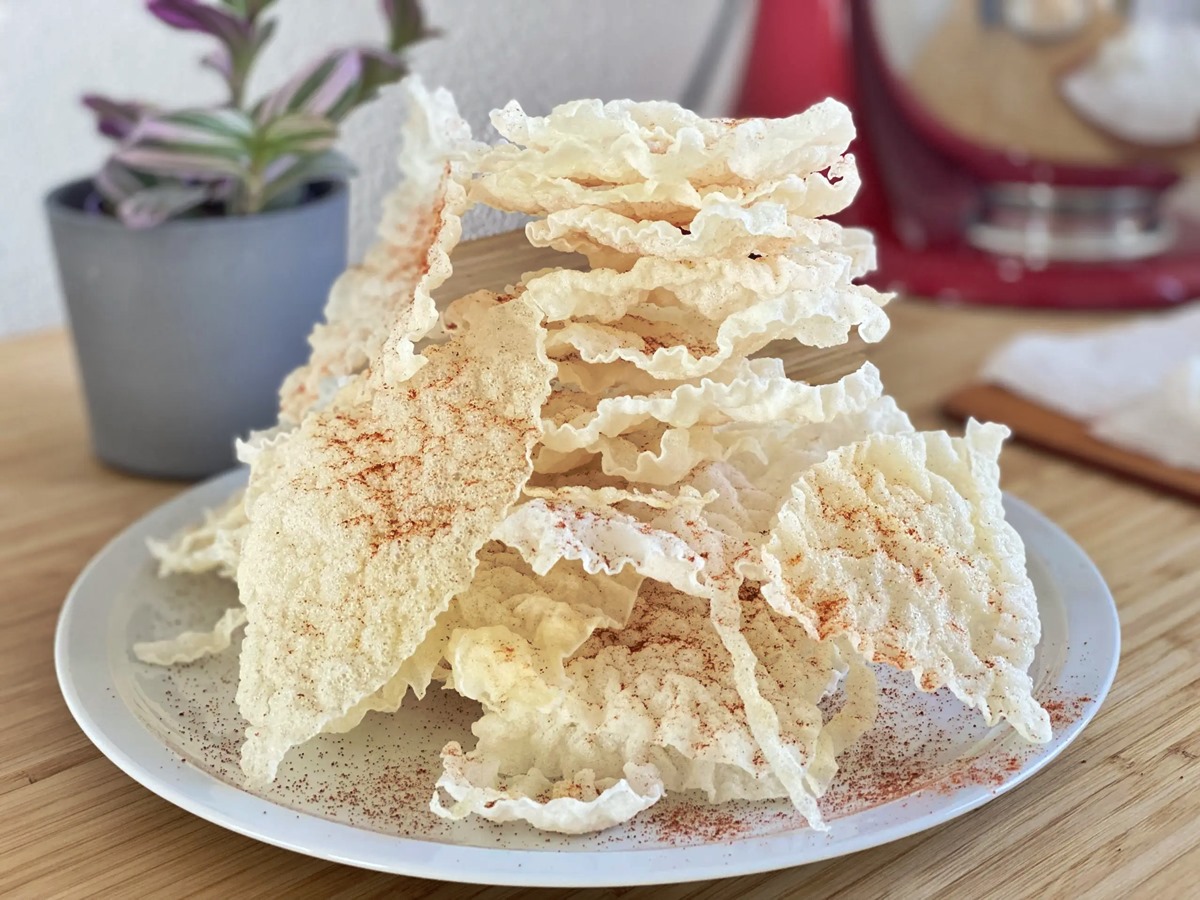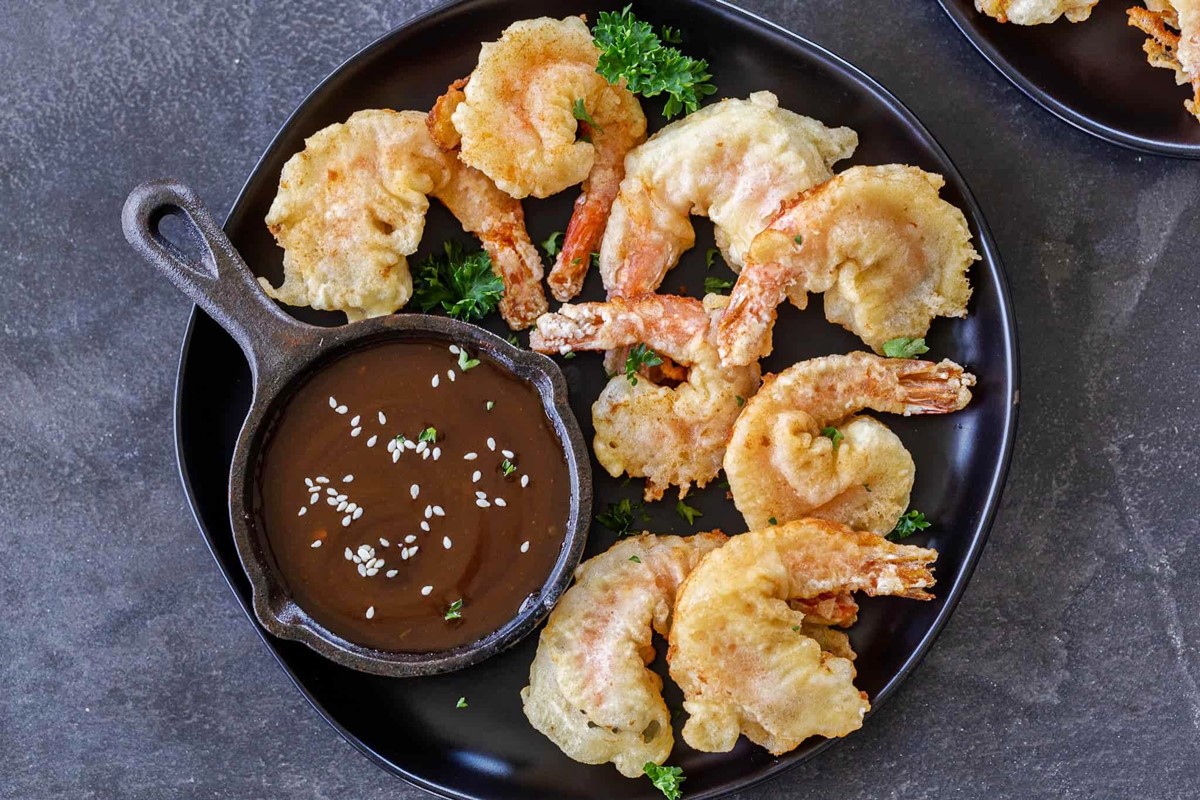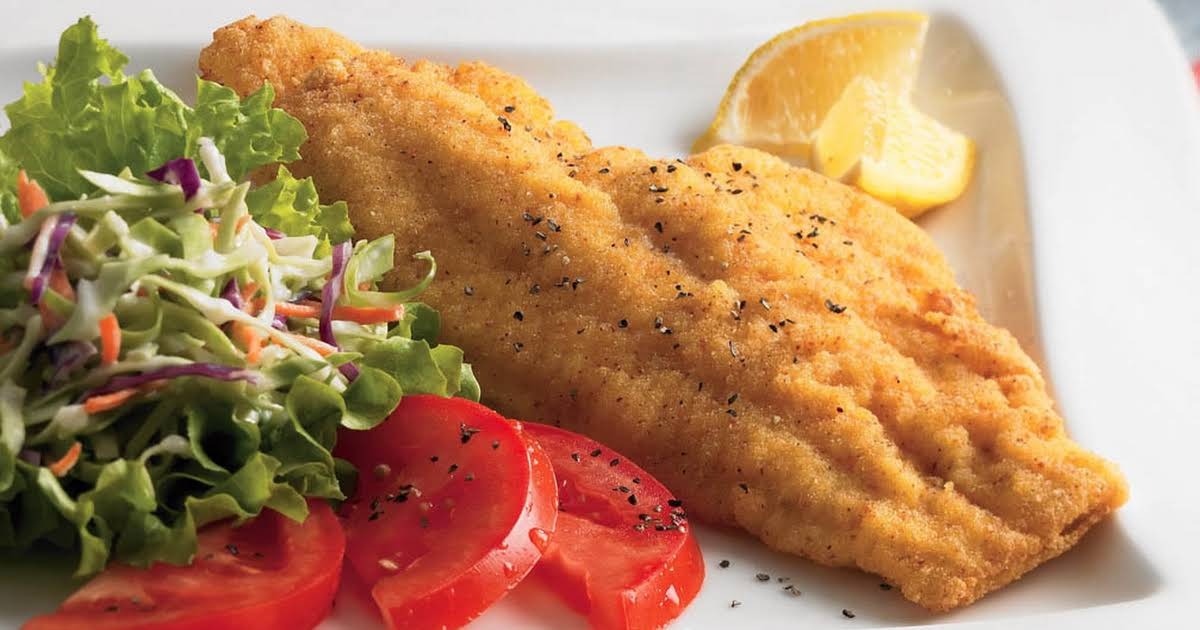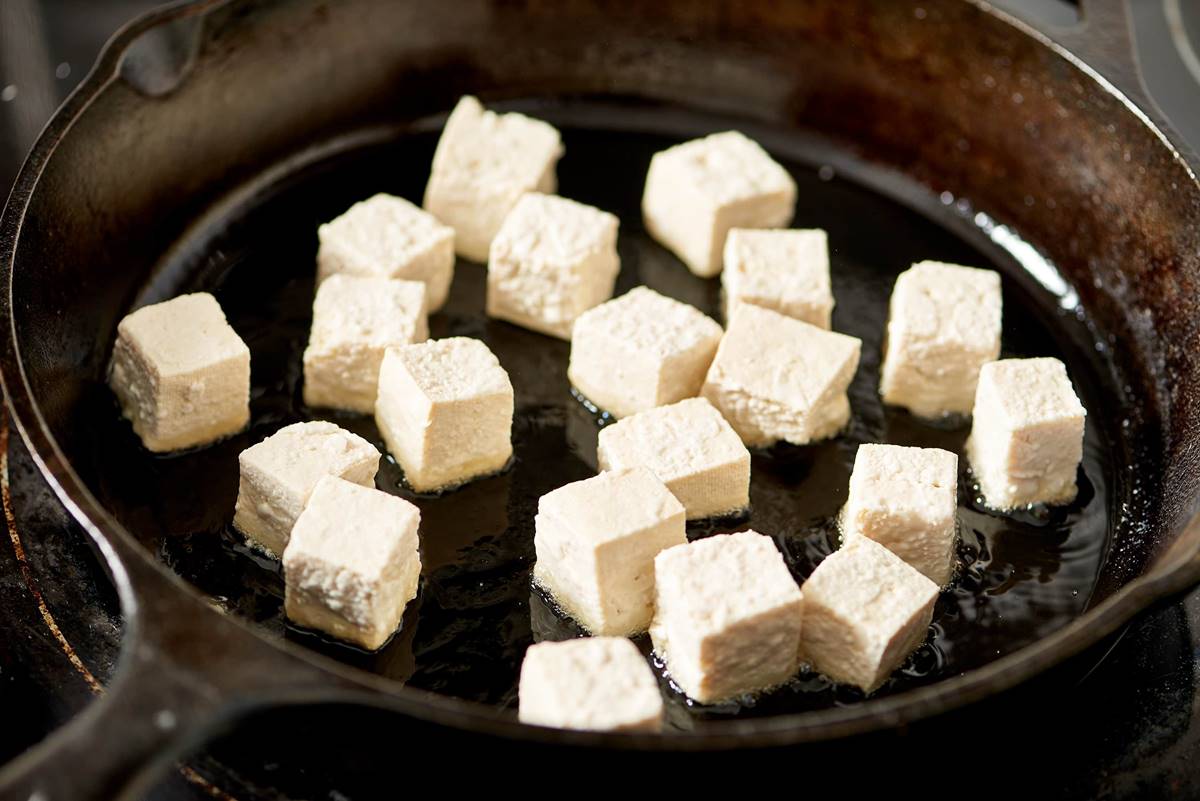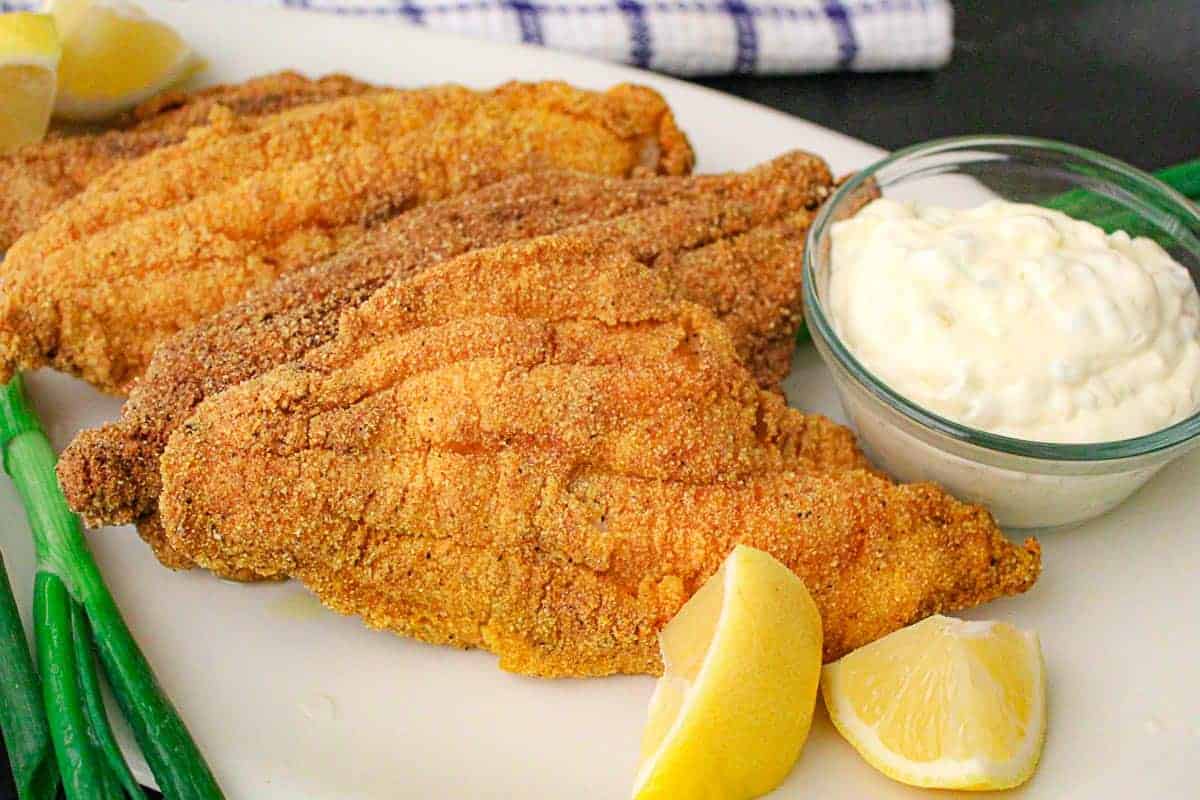How To Fry Pork Belly Slices
Looking to satisfy your craving for juicy and crispy pork belly slices? Look no further! In this guide, we will take you through the steps to fry pork belly slices to perfection. Whether you’re a seasoned chef or just starting out in the kitchen, this simple and delicious recipe will surely impress your taste buds.
Ingredients:
- 1 pound of pork belly slices
- 1 teaspoon of salt
- 1/2 teaspoon of black pepper
- 1 tablespoon of cooking oil
Instructions:
- Start by patting dry the pork belly slices with a paper towel. This will help to achieve a crispy texture when frying.
- Next, season the pork belly slices on both sides with salt and black pepper. Rub the seasonings gently into the meat for maximum flavor.
- Heat the cooking oil in a skillet or frying pan over medium-high heat.
- Place the seasoned pork belly slices into the hot pan, making sure not to overcrowd them. Cook them in batches if necessary.
- Cook the pork belly slices for about 4-5 minutes on each side or until browned and crispy. Adjust the heat if needed to prevent burning.
- Once the slices are cooked to your desired crispiness, transfer them onto a paper towel-lined plate to remove any excess oil.
- Allow the pork belly slices to rest for a couple of minutes before serving. This will help the flavors to settle and the juices to redistribute.
- Serve the fried pork belly slices hot and enjoy as a standalone dish, with steamed rice, or as a tasty addition to your favorite stir-fry or noodle dish.
With just a few simple steps, you can fry pork belly slices like a pro. The result is a delectable combination of tender meat and crispy skin that is sure to please your palate. Remember to savor each bite and share this delightful recipe with your friends and family. Happy cooking!
More Delicious Pork Belly Recipes to Try
Now that you've mastered frying pork belly slices, why not experiment with these enticing recipes that incorporate your newfound skills? For a delightful fusion of flavors, try the Pork Belly Bao Buns Recipe, which offers a perfect balance of soft, pillowy buns and crispy pork. If you're in the mood for something spicy, the Spicy Pork Belly Stir-Fry Recipe is a must, combining the crunch of pork belly with bold spices that awaken the palate. For a comforting meal, consider the Pork Belly Ramen Recipe, where the richness of pork belly enhances the savory broth. Additionally, the Crispy Pork Belly Tacos Recipe is highly recommended for an innovative twist on a classic favorite, blending crispy pork with traditional taco toppings for a memorable meal.
Was this page helpful?
Read Next: How To Fry Frozen Chicken
